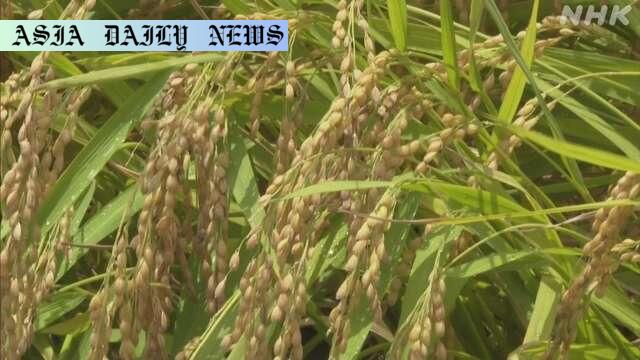Rice Production – Japan’s PM Ishiba Shigeru outlines measures to boost rice production and tackle supply shortages amid rising demand.

The Call for A Shift in Rice Production Policy
Japan is a nation where rice is not merely a staple food but a cultural symbol. Amid a surge in prices and heightened demand, Prime Minister Ishiba Shigeru has made a decisive move to reshape the country’s rice production policies. Speaking candidly about the findings of a recent government investigation, Ishiba acknowledged the missteps that led to the present crisis. The agriculture ministry’s inaccurate assessment of household consumption and the increased demand from inbound tourism were critical misjudgments that have resulted in insufficient rice production and a delayed release of government stockpiles. By addressing these issues, the government aims to regain control of rice supply reliability.
A Comprehensive Strategy for Future Growth
In response to the supply crisis, Ishiba has unveiled a multifaceted plan designed to secure the future of Japan’s rice production. Central to this strategy is a commitment to prevent the expansion of abandoned farmland, a growing issue as older farmers retire. The government aims to foster a generational transfer of farms by making agriculture a viable career for the youth. Beyond increasing the total output, there is also an emphasis on consolidating farm management and incorporating smart technology, which is expected to significantly enhance productivity and meet evolving consumer needs.
Protecting Land and Boosting Exports
Another cornerstone of Ishiba’s policy lies in protecting valuable agricultural landscapes, including terraced paddies in mountainous regions. Recognizing the threat posed by ongoing droughts and rising temperatures, Ishiba has instructed the agriculture and land ministries to collaborate on damage-mitigation measures for crops. Adding to the domestic focus, there’s also a clear intent to expand rice exports. By aligning the focus of Japan’s paddy policy with fiscal 2027 goals, Ishiba seeks to position Japan as a leading exporter of high-quality rice products, catering to global markets with targeted and consumer-focused innovations.
Technological Advancements and Market Adaptation
Ishiba’s forward-thinking policy includes investments in cutting-edge technologies like smart farming solutions to streamline agricultural processes. Mechanization, data analytics, and drones are among the technological tools being embraced to optimize yield, improve resource management, and reduce operational costs. Furthermore, the government plans to engage research institutions and private-sector players to develop rice varieties tailored for varying consumer preferences both domestically and internationally. Together, these measures are expected to modernize the rice industry and fortify its role as an economic pillar while preserving its cultural heritage.
Commentary
The Significance of Bold Leadership
Prime Minister Ishiba Shigeru’s commitment to tackling Japan’s rice supply crisis is a reflection of bold and decisive leadership during challenging times. By not shying away from addressing past governmental miscalculations, Ishiba has not only demonstrated transparency but also instilled a sense of urgency in addressing the critical issue. His focus on boosting rice production, safeguarding farmlands, and investing in technology is a testament to his forward-thinking approach, aiming to balance both immediate and long-term objectives.
Ensuring Future Food Security
One of the most striking aspects of this new policy is its focus on sustainability and inheritance of farmland by the next generation. With the average age of Japanese farmers on the rise, it’s essential to ensure that agriculture remains appealing and financially viable for younger generations. By integrating technology and offering support, the government is setting up a pathway for a modern, efficient, and profitable farming ecosystem that aligns with the global demand for food security. Such foresight is commendable, as it tackles both current challenges and preempts future crises.
A Vision for Global Competitiveness
Beyond meeting domestic needs, Ishiba’s intent to expand rice exports signals a bold vision of positioning Japanese rice in the global market. By capitalizing on the nation’s reputation for high-quality products, Japan has the potential to carve out a significant niche. However, such ambitions require meticulous planning, active collaboration among stakeholders, and continuous innovation. The alignment of these factors could see Japan not only addressing its current crisis but also elevating its status on the global agricultural stage.


